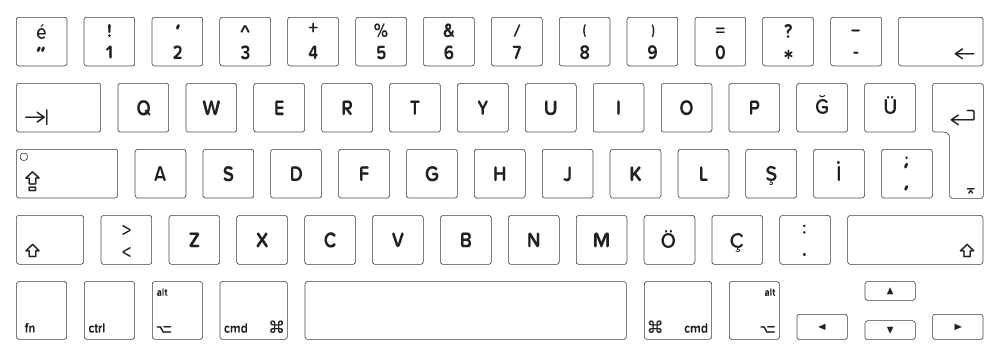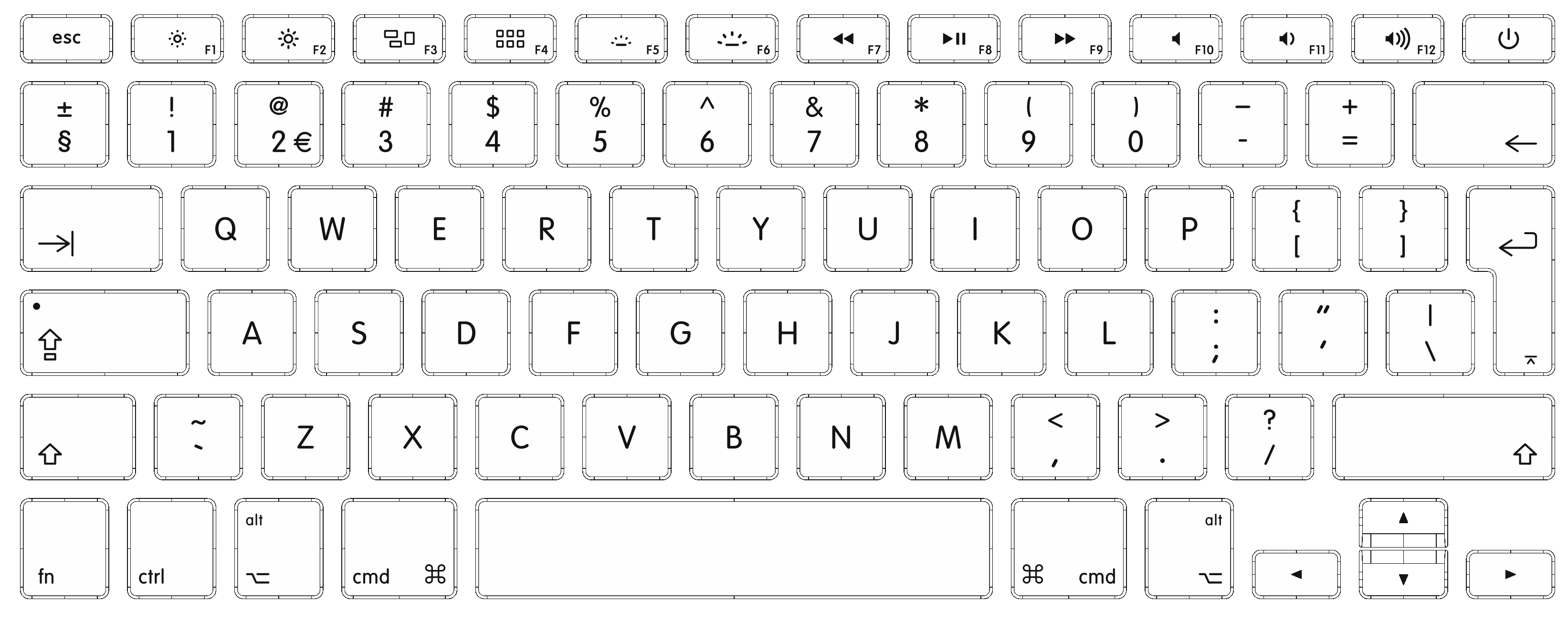
If you think about it, half of the modern technology wouldn’t have existed if it weren’t for the programmes written with the help of keyboards. Here are a few cool facts about keyboards.

Qwerty Computer Keyboard For Macbook

Commands From Keyboards are Processed Faster than Those From a Mouse Giving commands using the keyboard is faster than using your mouse, and this isn’t because pointing and clicking on something will take more time than keyboard strokes. But because the operating system doesn’t have to process extra information like the coordinates of the pointer while executing a command inputted via a keyboard. Other than that, operating systems can queue keyboard commands with ease as opposed to mouse commands which need a specific task to be on-screen for the user to be able to click it and the OS to process it. Keystrokes Can be Tracked by Hackers Hackers could be monitoring every key stroke that you make via Keylogger malware.
If your device has been infected by a keylogger programme then your data, especially login credentials as well as credit/debit card and bank details are at risk. In order to safeguard against Keyloggers, you can either use an Antilogging software or browser which would protect you from until it is executed via a plugged-in device.
Qwerty Computer Keyboard For Macbook Pro
There are More Efficient Keyboard Layouts than QWERTY Colemak (Above) Dvorak (Below) QWERTY has been in use for more than a century but lately, its application in the current world is questioned as other keyboard layouts, which apparently stress your fingers less while typing, are available in the market. Makers of Colemak and Dvorak keyboard layouts have claimed that fingers travel lesser on their respective keyboards, while the user also gains typing speed and as a result, there is a reduction in the muscle tear caused. Using Colemak or Dvorak isn’t feasible because that would require training a person completely — and even changing the muscle memory in most cases. Almost the entire world uses QWERTY and even though Colemak and Dvorak might be healthier options, their adaptability in the current situation is a long shot.
Mystery Bumps on the F and J Keys Have you even noticed that a majority of the QWERTY keyboards have a slight bump on the F and J keys — a short horizontal line. These bumps are made for ease of use for typists. If you place your left-hand index finger on F and right-hand index finger on J, then either of your thumbs will rest on the space bar and the remaining three fingers will cover the ‘A S D’ and ‘K L.’ keys. This helps in the recognition of the keys in dark, or if you’re looking at the screen while typing. Every 10000 Words Typed = 1 Mile Travelled by the Fingers According to, every 10000 words typed by a user on a QWERTY keyboard is equivalent to his fingers having travelled 1 mile. The algorithm used to determine this isn’t foolproof, as the distance also depends on variable factors such as a person’s typing style and skill.
Colemak and Dvorak keyboards make the fingers travel less in the same amount of words, according to the findings of the same website. Keyboards are Filthier than Toilets Keyboards are one of the most unhygienic things that we touch every day — yes, even filthier than our toilet bowls. They aren’t just filthy by nature, but mostly because people are in the habit of neglecting their own hygiene while using a keyboard. People don’t mind using their keyboard without cleaning it every once in a while or even cleaning their own hands before using one — resulting in a lot of debris accumulating on the keyboard base as well as the smudge on keys.